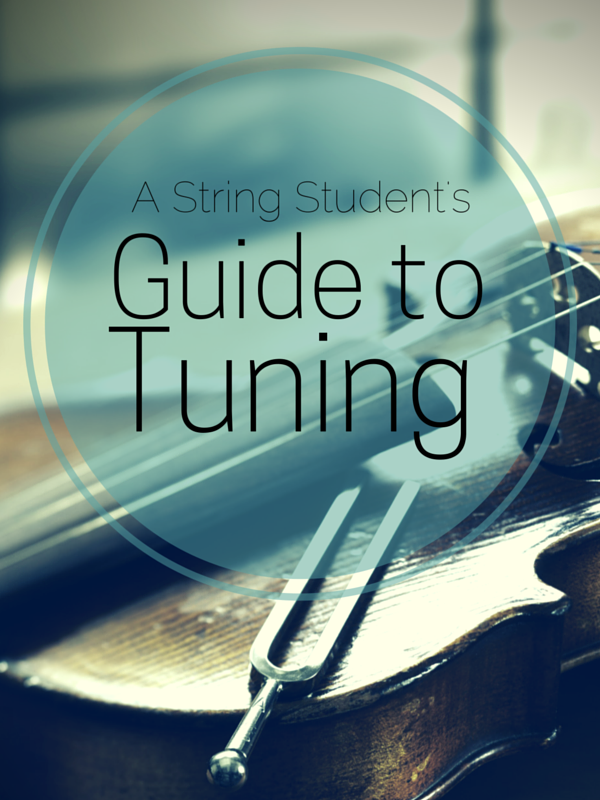 Learning to tune a violin, viola, cello, or bass without the help of another player or a teacher is an important skill for every young musician to conquer. A consistently well-tuned instrument sounds better and often contributes to stronger, more consistent playing habits.
Learning to tune a violin, viola, cello, or bass without the help of another player or a teacher is an important skill for every young musician to conquer. A consistently well-tuned instrument sounds better and often contributes to stronger, more consistent playing habits.
While only a select few of us may have been endowed with "perfect pitch," anyone can learn to tune a stringed instrument with the help of some basic string skills, the right tools (and, of course, a few helpful tips along the way).
First Step: Build Good Habits
While this may go without saying for some, it's always worth mentioning. In every aspect of string playing, nurturing and maintaining good habits and proper technique is an absolute necessity. When it comes to learning to tune, there are some basic skills that immediately come in handy: listening, proper bow form, and patience.
Take the Time to Listen - Learning to tune means being able to listen, which seems obvious enough. Keeping this in mind, skilled tuners don't just listen to their pitch source, they listen to every instrument and player around them. Especially when playing with an ensemble, the ability to listen to other players is crucial for building both tuning and intonation skills.
Maintain Proper Bow Form - In order to get the best sound out of an instrument, a player requires a steady hand, the proper grip, and the right amount of bow pressure. Following best practices while pulling the bow across the strings will guarantee clear notes that are true to their pitch – making it that much easier for a student to tune their instrument.
Patience is a Virtue - Especially in the beginning, patience will go a long way. While some students may take to tuning their own instrument immediately, others may find the task more difficult. At the end of the day, it's always better to take the extra time if it's needed. And remember: Practice really does make perfect.
Second Step: Have the Right Tools
When it comes to tuning, there a plenty of tools out there to help students keep their instruments in perfect tune. No matter which tool a student may choose, having a strong pitch reference is key. Here are a few of the more popular options:
Electronic Tuners - Probably the most popular option for beginners, electronic tuners can be great given their ability to emit a desired pitch while also providing a digital reading of which pitch is currently being played.
Tuning Forks - The classic tuning device. Tuning forks are u-shaped pieces of metal that have been cast in order to emit a single, specific pitch when struck.
NOTE: A tuning fork should never be struck against an instrument. We've seen it happen before and the end result usually isn't pretty.
Pitch Pipes - along with being the essential tool for acapella groups, pitch pipes can be a great tool for string players. The only drawback to pitch pipes is that over time – especially if dropped once too often – a pitch pipe can wiggle out of tune.
Pianos - Tuning to a piano is a go-to choice for large ensembles, especially if they will be accompanied by the piano during the performance. Tuning to the piano helps to ensure better intonation for the ensemble as a whole. Though it definitely not the most portable option on the list, tuning to a piano can be a great choice (so long as your piano's in tune, that is).
Regardless of which tools you choose, learning to tune is a skill that every player can achieve with the help of time and practice.
Private Lessons can be a great way for young players to learn, practice, and grow. You can learn more about Lessons at the LIVS Studio by contacting the shop .



Leave a comment